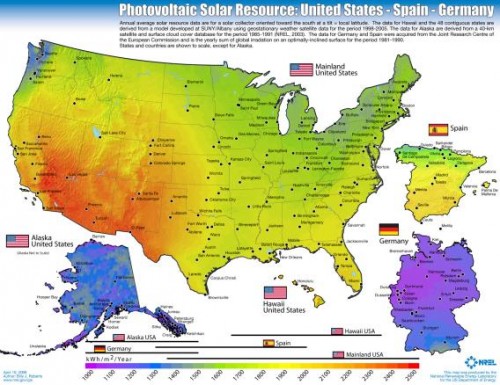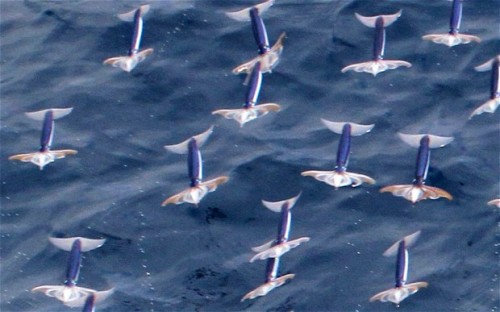After that silly exercise in which Ken Ham looked at a fossil and dismissed Eosinopteryx as only a bird — a bird with clawed forearms, teeth, and a bony tail — he got chewed out not just by me, but by one of his fans, who wrote in to call him on his “handwaving” and to say that it was plainly not just a bird. Ken Ham can ignore me, but when one of the faithful can see right through him, he has to repair the damage.
And it’s great! He has to say that ancient forms of birds looked different, and that it has some features consistent with modern birds and others more like ancient, extinct forms, and then he’s reduced to quoting Brian Switek in an attempt to gather support. (I don’t think Brian accepts that the earth is 6000 years old or that dinosaurs did not evolve into birds, though; I’ve restored the usual ellipses and truncations a creationist must resort to in order to use a scientists’ words.)
Even evolutionary science writer Brian Switek, when discussing Eosinopteryx, commented on the vagaries of whether to call a creature a bird or a dinosaur. Switek wrote:
Does this mean that we should stop calling Archaeopteryx the earliest known bird? Not necessarily.
‘[T]his phylogeny remains only weakly supported,’ Godefroit and coauthors caution…[and the paleontologists point out that convergent evolution among small, feathered dinosaurs might obscure the true pattern of relationships between the feathered forms. The identity of Archaeopteryx is being questioned, and rightly so, but paleontologists have yet to fully resolve which particular lineage of dinosaur spawned the first birds.]
Birds are a special lineage of coelurosaurian dinosaurs. That is a fact. But the details of when and how that transition occurred, not to mention exactly from whom, are still areas of active debate. [Eosinopteryx underscores the increasingly complex pattern of feathered dinosaur evolution and bird origins. The tiny dinosaur is another point of reference in an ongoing discussion about when dinosaurs took to the air, and which particular lineage left avian heirs to the Mesozoic legacy.]
OK, guy, you’re really reaching. This shouldn’t be so difficult. Complex lineages, ancient extinct forms, fossils with traits of an ancient form and a modern one, major changes in anatomy over time…just spit it out.
The “T” word. You know. Try it.
“Traaaaaans…”, that’s how it starts…
Transitional form! Good! You’re making progress!
Next week, we’ll work on the “E” word, that phenomenon which explains how we get transitional forms.




